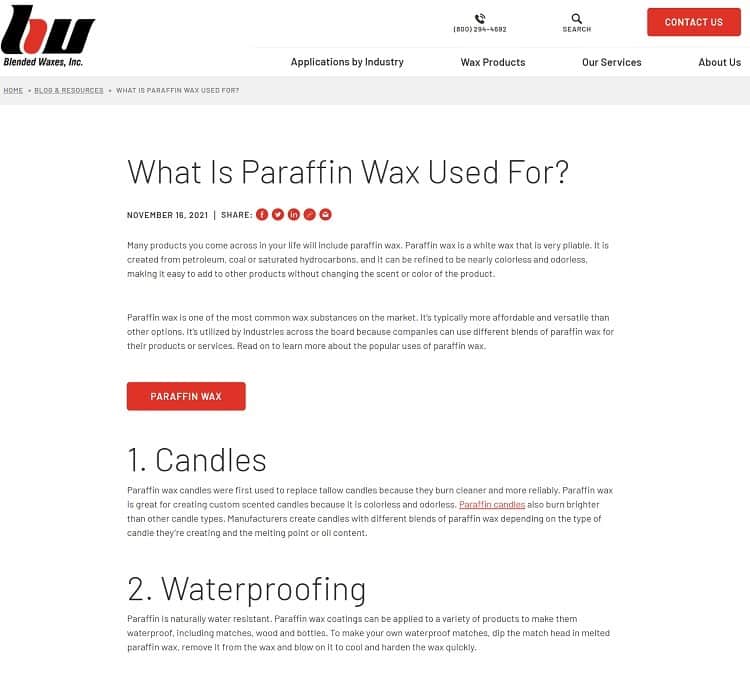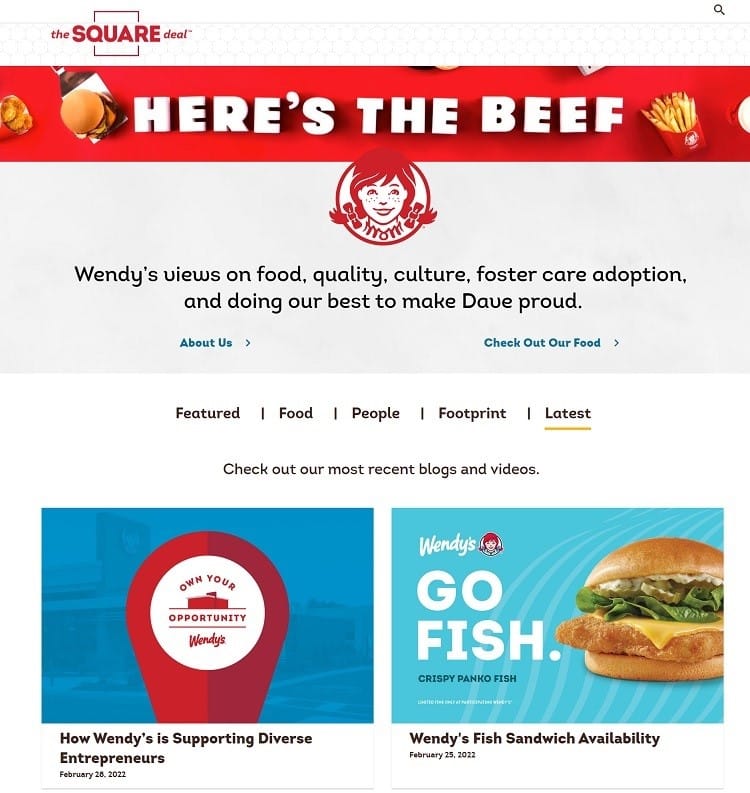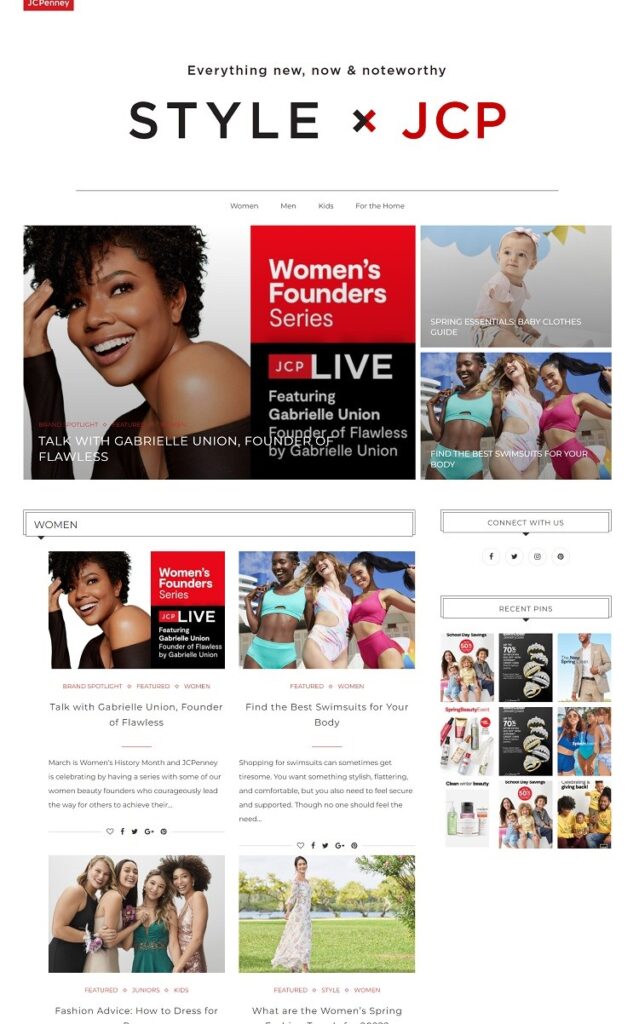Your brand voice and tone is what sets your content apart from the millions of other blog posts on the internet. How on earth do you develop a voice and tone through the written word, though? Those who are business professionals may wonder whether they can accomplish the task without becoming a professional writer.
The latest Small Business Administration SB Profiles report estimates there are 32.5 million small businesses in the United States. If you want to stand out, your company needs a story and a style. You also must figure out how to convey your message across any medium you use, including your blog.
Why do some brands stand out so much from others? When you read something produced by them, you instantly know it’s their work without even seeing their name on it. They’ve established their personality and likely convey brand voice and tone with word choice, topic, and by knowing who their target audience is.
What Are Examples of Brand Voice and Tone?
One of the best ways to learn about brand voice is by looking at examples of companies with a great grasp of the concept. We’ll look at the ways you can convey brand voice and tone through your blog alongside a few case studies of companies doing it right.
1. Know Your Audience
Before you can share your brand voice and tone, you have to know the language your customers are most likely to respond to. A big part of who you are as a company is who your clients are. Without them, you wouldn’t be where you are and wouldn’t have grown your business to where it is.

Blended Waxes, Inc. knows their customers want to know more about the process of making products and the various uses. They dig into the specific category of paraffin. Note how the voice is an informative one. It isn’t particularly playful but comes across as professional and knowledgeable.
2. Find Consistency
The last thing you want to do is be funny and lighthearted in one post and serious in the next. Once you figure out what your personality is, make sure you stick to it throughout all your blog posts.
Your tone should extend to other things outside your blog, too. Any content on your site should match the same voice as your blog. If you post on social media, the language and voice should be instantly recognizable as your own.
3. Choose the Right Topics
The focus of your articles will make a big difference in how well received your blog is with your customers. Think about the things they most care about and how you can share content surrounding those issues.
For example, if you mainly serve millennials, they’re going to care about topics most relevant to them.

Wendy’s The Square Deal blog has the same tone and personality as the brand exudes on their social media accounts. They have embraced the tone of a younger, hipper generation, but one that wants to make the founder, Dave, proud.
Topics include things like how they support a diverse collection of entrepreneurs and info on their food with tons of delicious food photos.
4. Make a Great First Impression
Approximately 48% of consumers point to the first impression as the time a brand can gain their trust. One thing you should do is have an appealing layout and look to your blog. You’ve likely heard an image is worth a thousand words. The images you use can tell users a lot about your brand and set the tone.
For example, if your brand is a bit retro, you might add some filters to your images to give them an ‘80s grunge edge. Think about how you can share your brand voice and tone via even the photos you use.
5. Choose Keywords
In every industry, there are some buzzwords that indicate what you’re about. Choose some keyword phrases based on what people are most likely to search for and also reflect your brand voice and tone. Try to use these keywords throughout your blog – both to rank better in search engines and to utilize familiar language with your customers.
As customers come to recognize what you’re about, they’ll home in on those phrases and come to trust you are the expert on that particular topic.

JCPenney features a section on their website called “Style,” where they share a variety of topics related to clothing and home decor. You’ll see some words over and over, such as “fashion advice” and “for the home.” By zeroing in on certain phrases, they clue their readers in that they know a lot about these topics.
6. Read Out Loud
One of the best ways to ensure your blog posts convey your brand’s tone is to read the work out loud before publishing it. You’ll hear phrasing that isn’t quite up to par for your company when you read out loud.
You may have a number of different people writing for your blog, so clueing them into the tone you want is helpful. However, you should always do a final edit, read out loud, and tweak anything that doesn’t quite fit. For example, if you have a casual approach to your blog, you won’t want to keep any formal language.
Stay True to Your Vision
As time goes on, you might struggle to find new topics to write about. Make sure you stay true to who you are as a brand and don’t write about things just because it might drive extra traffic to your site. If your users are used to reading about how to complete various tasks and you suddenly start writing comedy pieces for entertainment only, then it won’t resonate well and you won’t seem genuine.
Take the time to make sure every piece you put out matches your brand personality. Read out loud, stick to the topics you want to be known for, and cut anything that doesn’t fit who you are as a company and the message you want to put out into the world.
Eleanor Hecks is editor-in-chief at Designerly Magazine. She was the creative director at a digital marketing agency before becoming a full-time freelance designer. Eleanor lives in Philly with her husband and pup, Bear.
